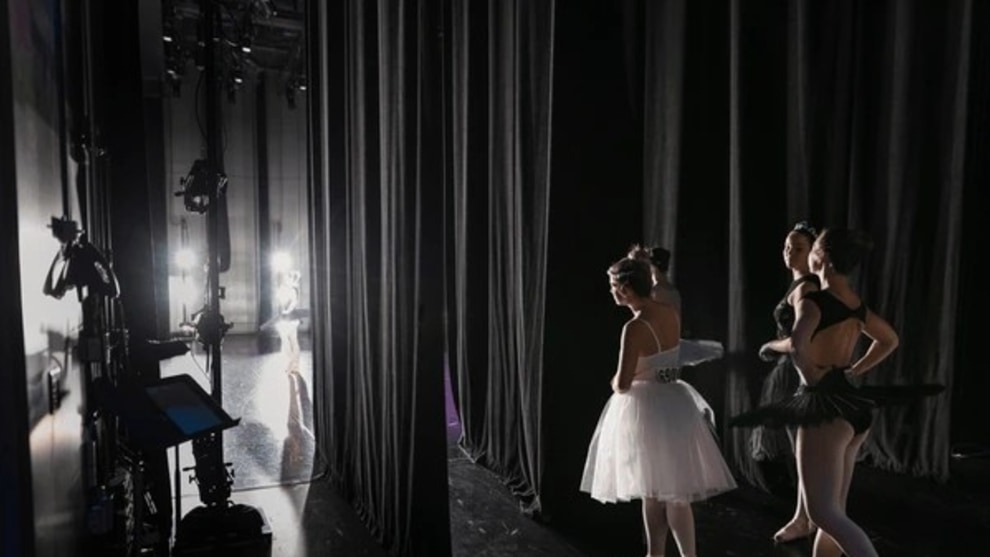Beyond the Smile: Nurturing Authentic Artistry in Young Dancers
The last words a young dancer often hears before stepping onto the stage or entering an examination room are: “Don’t forget to smile!” Well-meaning as this encouragement may be, it reveals a worrying simplification of what we as educators should be cultivating: not performance gloss, but authentic artistry.
In many cases, that last-minute instruction is obeyed with the best intentions—but the result is often a fixed, plastered grin, a strained expression that reveals the opposite of ease or joy. Rather than allowing the dancer’s inner world to surface organically, the pressure to “smile” can become a mask, one that conceals the complexity and nuance of real emotional expression. And perhaps most concerning of all—it teaches young dancers that performance success is contingent on a superficial cue, rather than sincere connection to music, story, or character.
We must ask ourselves: Are we nurturing artists, or performers who imitate emotion?
Artistry is not something reserved for maturity. It is a muscle that must be awakened early. Even young dancers can explore artistry in age-appropriate, deeply felt ways. It begins with listening—not just to counts, but to music as a living, breathing narrative. Teaching students to respond to musical phrasing and identify the emotions evoked by different instruments opens an internal dialogue. A cello’s melancholy or a flute’s lightness can stir a genuine shift in how movement is expressed. From this place, natural facial expressions emerge. The muscles of the face, when activated by true emotion, need no external cue to “smile”—they react honestly, fluidly, from the inside out.
Real artistry also lives in the body—through the expressive use of arms, the breath in the hands, the line of the neck, the subtle contraction of the torso. Teaching these expressive tools should be as important as teaching turnout or alignment. When movement becomes more than mechanical, it begins to speak.
Where possible, we must take students to see live performance. Not just to witness technical brilliance, but to identify the difference between a dancer who executes and a dancer who communicates. Have conversations after curtain call. Who moved you, and why? Let them reflect on what they felt rather than what they saw.
True artistry is not about perfection; it is about presence. It’s the unspoken, the breath between the notes, the internal landscape made visible. It’s what lingers in the audience’s heart after the final bow.
As teachers, we carry a great responsibility. To go beyond technique. Beyond the rigid “presentation face.” Beyond the performative smile. We are shaping storytellers who move in time with music, yes—but more importantly, who move in time with meaning.
Let’s teach them how to feel, so they never have to be told when to smile.
Marie Walton-Mahon OAM
Marie is a renowned Australian teacher and adjudicator with a Diploma of Dance Teaching and Management, Cert IV in Training and Assessment. She is the founder and Artistic Director of the global business, Progressing Ballet Technique.



